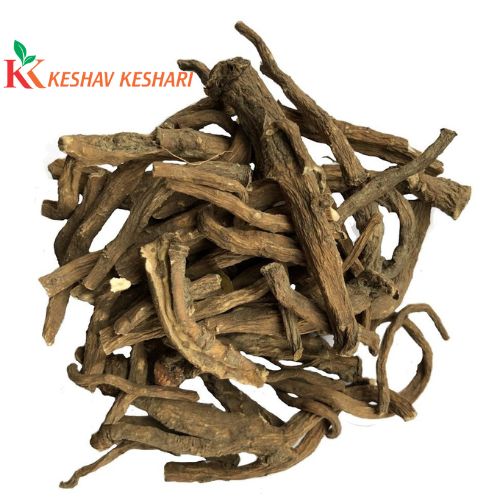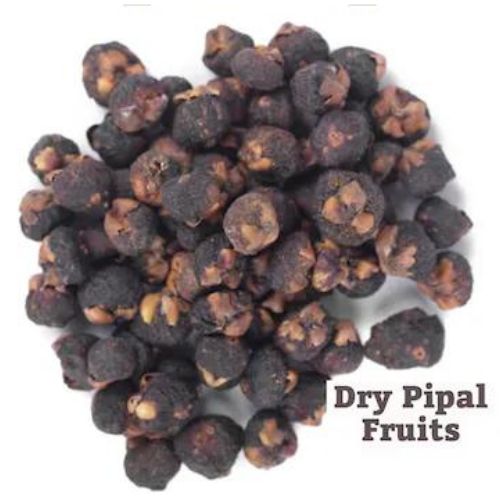Arjuna is a majestic deciduous tree that can reach heights of up to 100 feet and has been valued for generations for its wood and therapeutic properties. It grows in wet, marshy areas of India and Sri Lanka, producing clusters of small white or yellow flowers among its cone-shaped leaves.
Arjuna, also known as the "Arjun tree," is a popular plant in India. It has a variety of medicinal properties, including antioxidant, anti-inflammatory, and antimicrobial properties.
The most valuable part of the tree is its red inner bark, which is revered as a heart tonic and is thought to be similar to hawthorn in European herbalism. When the trees reach maturity, the thick, white-to-pinkish-gray outer bark molts naturally once a year and is harvested. Allowing the tree time to recover and regrow its bark is essential for sustainable harvesting.
The name "arjuna" is well-known and is most commonly associated with the central character of Hindu lore's Mahabharata. Centuries ago, the arjuna tree was given a name that reflected its traditional role of heart protection, just as its mythological namesake provided fortitude, strength, and protection to his family in battle.
In Sanskrit, the term "arjuna" means "bright," "white," or "shining," similar to the light-reflective bark of the arjuna tree. Arjuna is best known as one of the most important Ayurvedic herbs for heart health in general.
How to Take Arjuna
For those who prefer to work with a single herb, Arjuna can be used alone. The most traditional method for taking arjuna is the herbs and spices powder; try drinking it in warm water as a tea. Or try the liquid extract for a fast, convenient option.
Other Names: Arjuna Powder, Terminalia arjuna, Arjuna Chaal Powder, Arjun Chhal Powder arjuna chaal powder arjun chhal powder, Arjuna Bark arjuna chaal powder arjun chhal powder terminalia arjuna heart, Arjuna Bark Powder


















